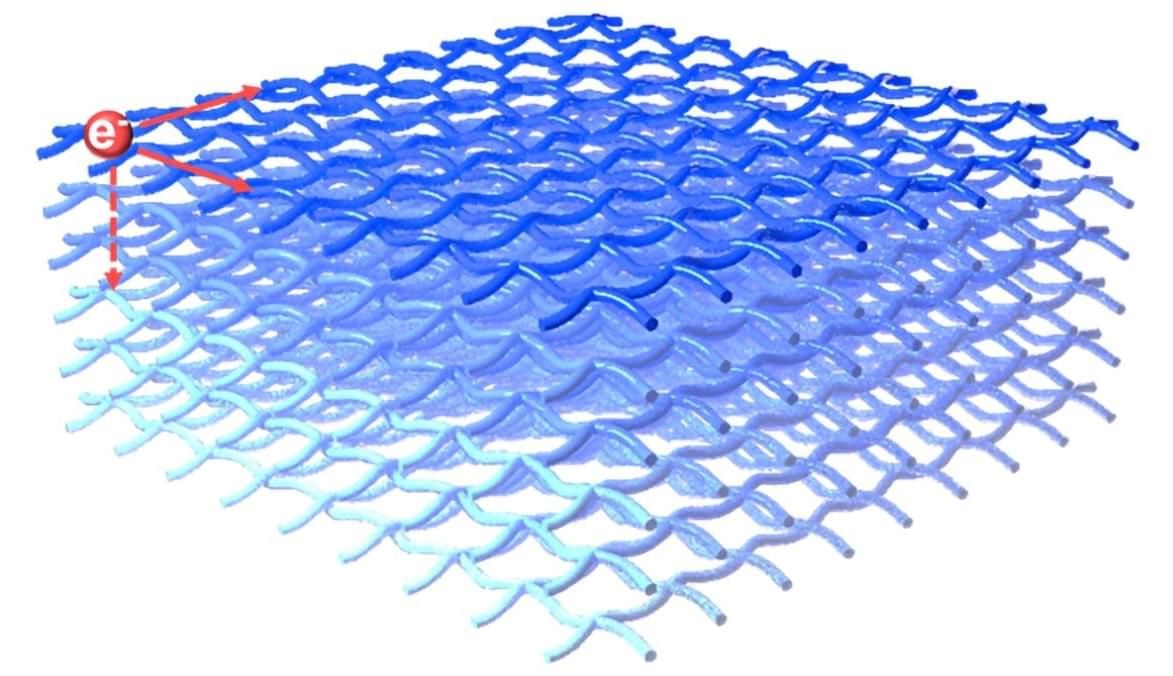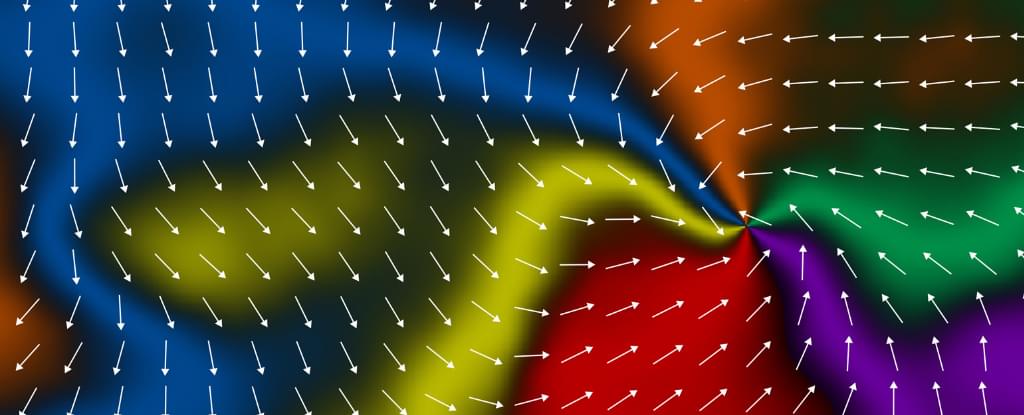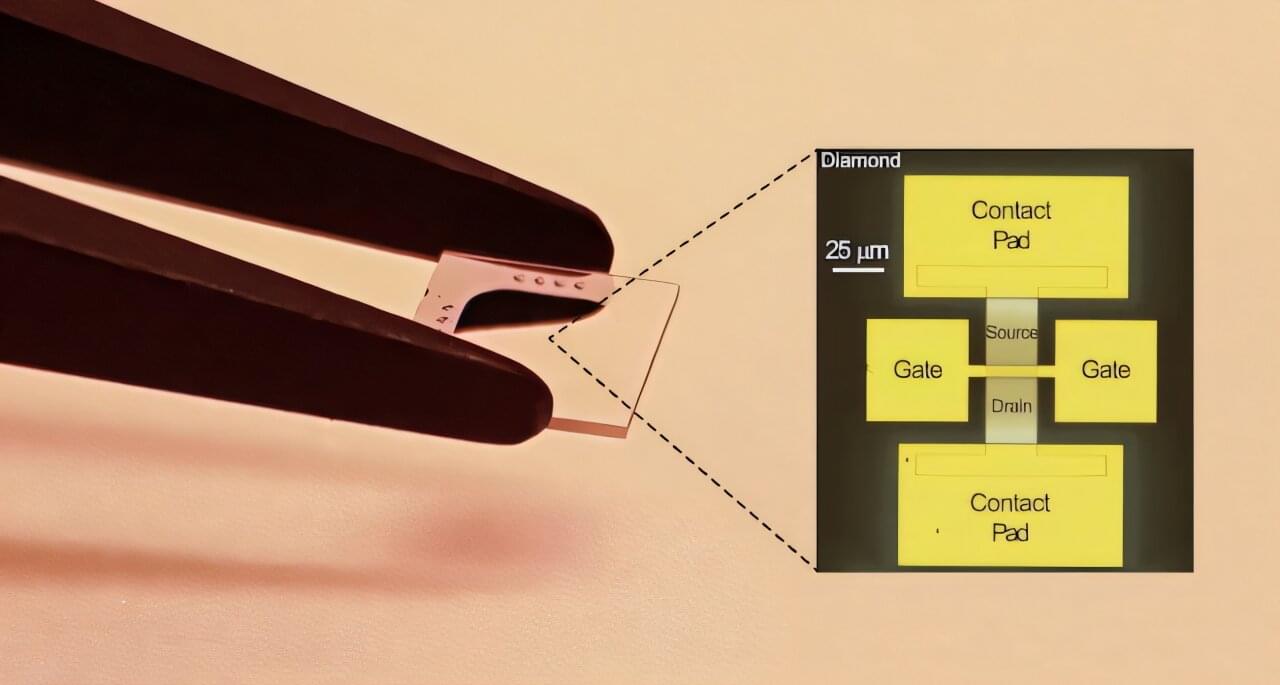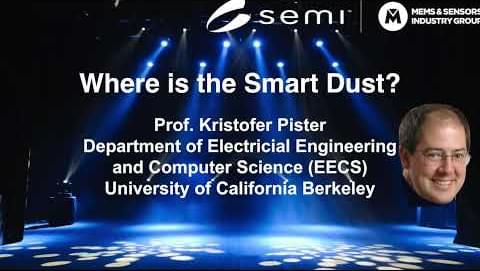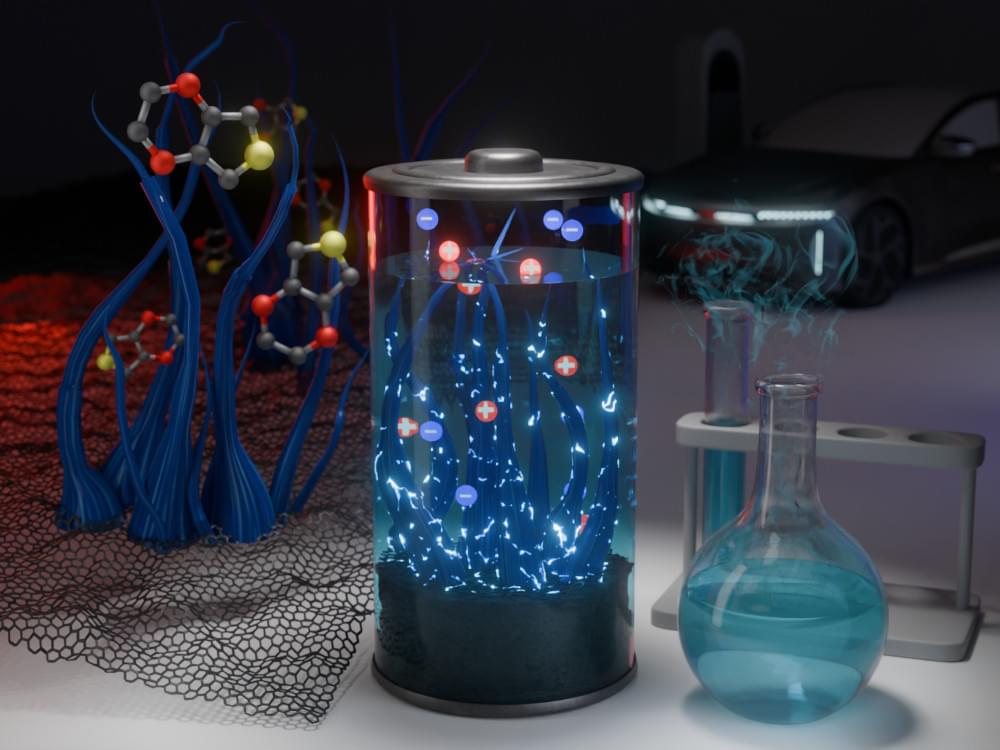Scientists report that a new class of magnetism, called altermagnetism, can increase memory device operation speeds by up to a thousand times.
Category: electronics – Page 3
A research team has developed a revolutionary two-dimensional polyaniline (2DPANI) crystal that overcomes major conductivity limitations in polymers. Its unique multilayered structure allows metallic charge transport, setting the stage for new applications in electronics and materials science.
An international team of researchers has successfully created a multilayered two-dimensional polyaniline (2DPANI) crystal, demonstrating exceptional conductivity and a unique ability to transport charge in a metallic-like manner. Their findings were published on February 5 in Nature.
An experiment in Sweden has demonstrated control over a novel kind of magnetism, giving scientists a new way to explore a phenomenon with huge potential to improve electronics – from memory storage to energy efficiency.
Using a device that accelerates electrons to blinding speeds, a team led by researchers from the University of Nottingham showered an ultra-thin wafer of manganese telluride with X-rays of different polarizations, to reveal changes on a nanometer scale reflecting magnetic activity unlike anything seen before.
For a rather mundane chunk of iron to transform into something a little more magnetic, its constituent particles need to be arranged so that their unpartnered electrons align according to a property known as spin.
Provided to youtube by parlophone UK
The Man Machine (2009 Remaster) · Kraftwerk.
The Man-Machine.
℗ 1978, 2009 Capitol Records, LLC. All rights reserved.
Electronics, Programmer, Synthesizer, Vocoder: Florian Schneider.
Engineer, Producer: Florian Schneider.
Engineer: Henning Schmitz.
Unknown: Joschko Rudas.
Audio Recording Engineer: Joschko Rudas.
Electronic Drums: Karl Bartos.
Unknown: Leanard Jackson.
Audio Recording Engineer: Leanard Jackson.
Electronics, Keyboards, Programmer, Synthesizer, Vocals, Vocoder, Voices: Ralf Hütter.
Engineer, Producer: Ralf Hütter.
Electronic Drums: Wolfgang Flür.
Composer: Karl Bartos.
Composer: Ralf Hütter.
Auto-generated by YouTube.
A landmark development led by researchers from the University of Glasgow could help create a new generation of diamond-based transistors for use in high-power electronics.
Their new diamond transistor overcomes the limitations of previous developments in the technology to create a device much closer to being of practical use across a range of industries that rely on high power systems.
The team have found a new way to use diamond as the basis of a transistor that remains switched off by default—a development crucial for ensuring safety in devices that carry a large amount of electrical current when switched on.
MSTC_S1E6: Dr. Kristofer Pister, Professor of EECS at UC Berkeley and Founder of Dust Networks presents all you need to know about Smart Dust, thousands of tiny sensors detecting movement and vibration. It is amazing how useful that could be.
Now that you know the scoop, register for this year’s MSEC or MSTC:
1. MSEC — https://semiamericas.org/msec24-youtube.
2. MSTC — https://semiamericas.org/mstc24-youtube
India’s semiconductor market is poised for rapid growth, with projections estimating its value to reach $63 billion by 2026.
PEDOT is a conductive polymer that protects electronics from static discharges, but it can also store electricity. So much and so often that it could conceivably be used as an energy storage device.


